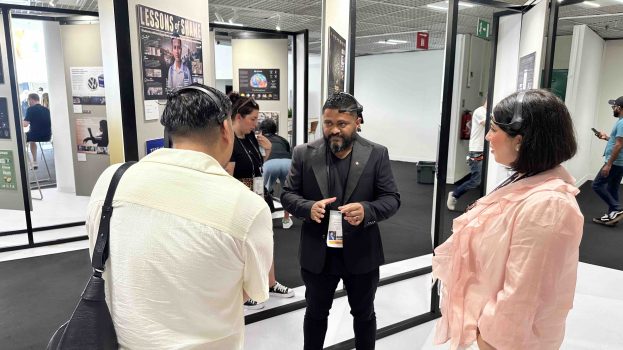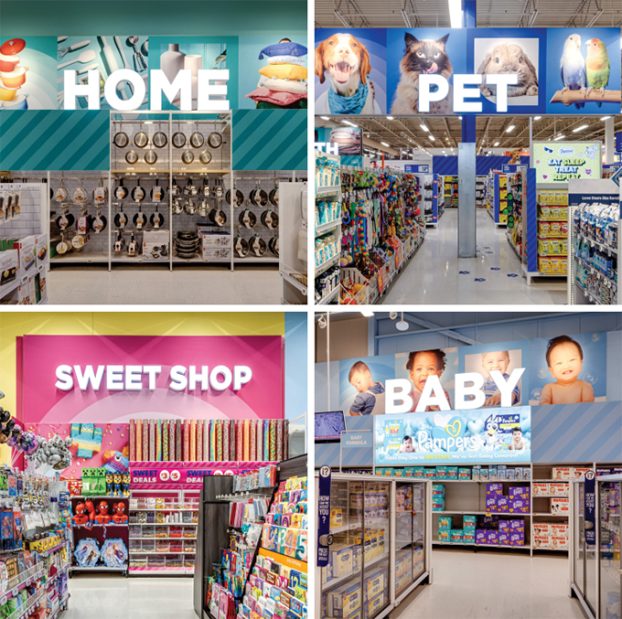In a potentially double-edged sword, a study from Yahoo! Canada found Canadians who engage with content with a second screen (such as a smartphone) are happier, but have worse recall.
In preparation for his Dx3 event, Nick Drew, head of research, Yahoo! Canada released a new infographic, delving into how technology affects memory.
Drew, alongside a neuroscientist and neuro-marketing firm, studied 60 participants with an EEG (a headcap that measures electrical impulses along the brain). All participants were told to watch a couple of videos in anticipation of a test at the end of the experiment. Half were allowed to use their smartphones to photograph or document the videos.
At the end of the watching phase, half of those with their smartphones had them taken away, and were told to take the test on the content (asking participants to recall certain aspects of the videos they had just watched) without the aids.
Unsurprisingly, those who engaged with the content with their phones – and kept their phones – performed 8% better than those who watched without a phone. Those who watched the content with their phones, but then had the devices taken away, performed 14% worse than those who didn’t use their phones at all.
Surprisingly, through EEG measurement, Drew says they saw those who engaged with their phones found the process of watching videos more enjoyable overall.
So what does this mean? Even though it could be more enjoyable for consumers to engage on the second screen, it could be worse for brand recall, admits Drew. “Brands run the risk that we will remember less of their messaging while we enjoy more of it,” he says.
Check out the infographic for more interesting tidbits on how technology is affecting memory. (Click the image to expand.)























